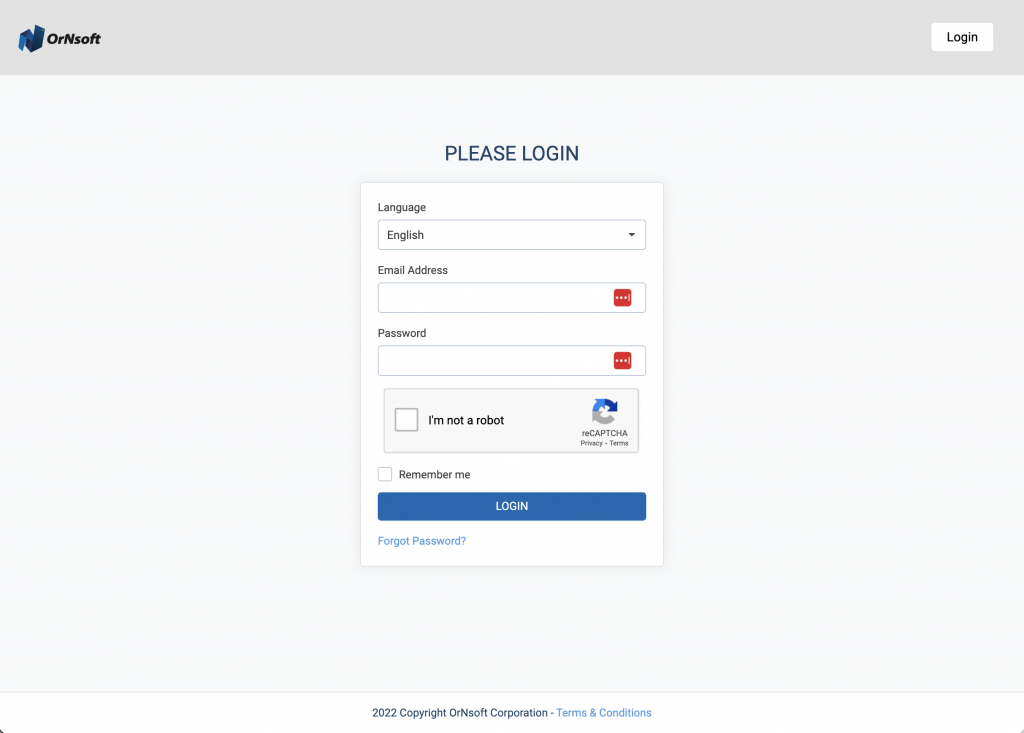Introduction
In the vast and complex world of data, it can often be challenging to make sense of the vast amounts of information at our disposal. This is where Cluster Analysis, a type of unsupervised machine learning algorithm, comes into play. It helps to organize and categorize data into different groups or clusters based on similarities and differences.
What Is Cluster Analysis?
Cluster Analysis, also known as clustering, is a statistical technique used in machine learning and data mining that groups a set of objects in such a way that objects in the same group (called a cluster) are more similar to each other than to those in other groups. It is essentially the task of identifying subgroups in the data such that data points in the same subgroup (cluster) are very similar while data points in different clusters are very different. In other words, we try to segregate groups with similar traits and assign them into clusters.
History of Cluster Analysis
The roots of cluster analysis can be traced back to the early 1930s, with the work of educational psychologist L. L. Thurstone. However, it was not until the advent of computers in the 1960s that cluster analysis began to be widely used in various fields. With the rise of big data and machine learning in the 21st century, cluster analysis has become an essential tool for data analysis, used in various industries and fields.
Importance of Cluster Analysis
In today’s data-driven world, Cluster Analysis plays a vital role in extracting valuable insights from vast amounts of data. It helps in identifying patterns and structures in the data that can lead to strategic decision making. It is particularly important in the field of artificial intelligence and AI development, where it is used to create algorithms that can "learn" from data without being explicitly programmed.
Practical Applications
Cluster Analysis has a wide range of applications across various industries. In marketing, it is used to segment customers into different groups based on their purchasing behavior, demographics, and preferences. In healthcare, it is used to identify patterns and trends in patient data, which can help in disease diagnosis and treatment. In finance, it is used for portfolio management and risk assessment.
The Role of Cluster Analysis in Modern Enterprises
In the modern business landscape, Cluster Analysis is used to analyze large datasets and make data-driven decisions. It can help businesses identify new opportunities, understand customer behavior, improve product development, and optimize marketing strategies. Moreover, with the rise of big data, the importance of cluster analysis in business is only set to increase.
Case Study
A classic case of successful implementation of Cluster Analysis is by the e-commerce giant, Amazon. They use clustering algorithms to recommend products to their customers based on their browsing and purchasing history. This personalized recommendation system has significantly increased their sales and customer satisfaction.
Future Outlook
The future of Cluster Analysis is promising, with advancements in AI and machine learning likely to lead to more sophisticated and accurate clustering algorithms. Furthermore, as more and more businesses realize the value of data-driven decision making, the demand for cluster analysis is expected to grow.
Conclusion
In conclusion, Cluster Analysis is a powerful tool for data analysis, capable of uncovering patterns and structures in large datasets. It is an essential technique in the field of AI and machine learning, with a wide range of applications across various industries. As we move towards a more data-driven world, the importance of cluster analysis is only set to increase.
Intrigued by the potential of AI for your business? Schedule a free consultation with us here.

